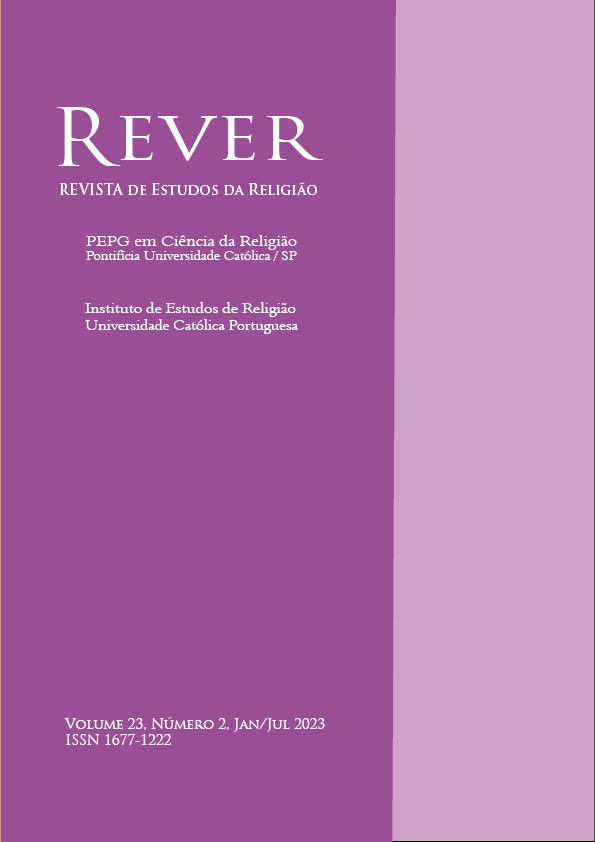Vol. 23 No. 1 (2023): Religion and humor

In everyday language, humor refers to any message, verbal or non-verbal, that provokes laughter, a communication strategy greatly amplified by the various "mediaspheres". The modalities are multiple, from archaic interdictions of laughter to the postmodern parodic self-reflexivity. In the Classical world, the semantics of humor is close to the practices of satire, irony, and sarcasm. Modern times have added the "nonsense”. From the laughter of the Homeric gods to modern cartoons of the divine, the chart of humor is very complex. The humor tactics destabilize the boundaries of the sacred - including the civil sacred. The history of religious traditions includes a particular vigilance over these boundaries. The parody of the other has been an instrument of domination or, inversely, a counter-hegemonic tactic. But it is necessary not to ignore the fact that humor (for example, as a literary strategy) was also a channel for transmitting religious messages involving prophets, sages, and mystics. In the context of multiple modernities, the scenarios have been diversified: humor is used to deconstruct the category of religion; to comment on the hiatus between orthodoxy and praxis; to criticize religious practices and representations; to introduce margins of self-criticism within the religious arena itself; but also, as a "medium" of the religious message itself, in the context of its rhetoric of seduction. The boundaries are thus very porous. Religion and humor are related under the sign of ambivalence.

